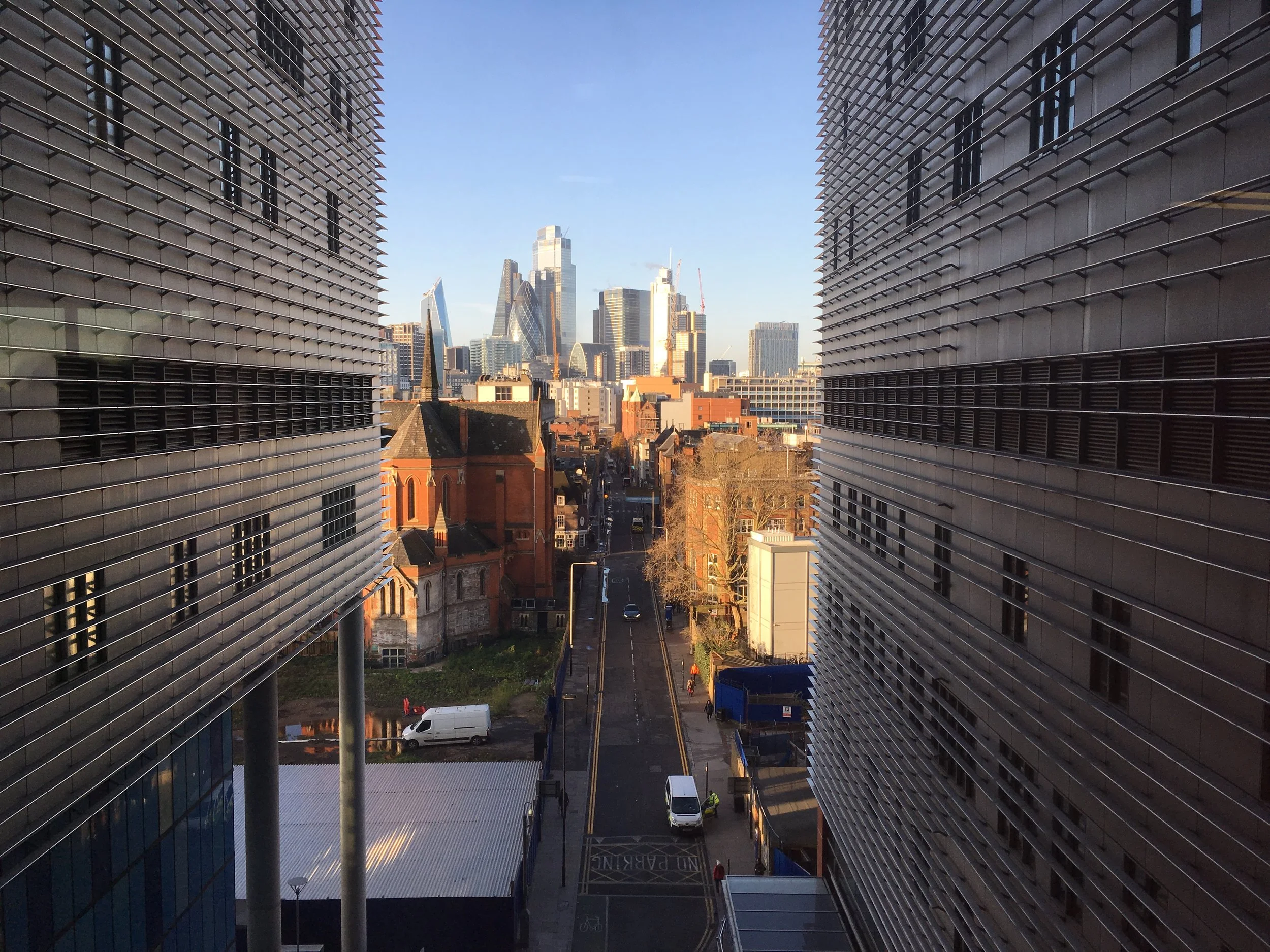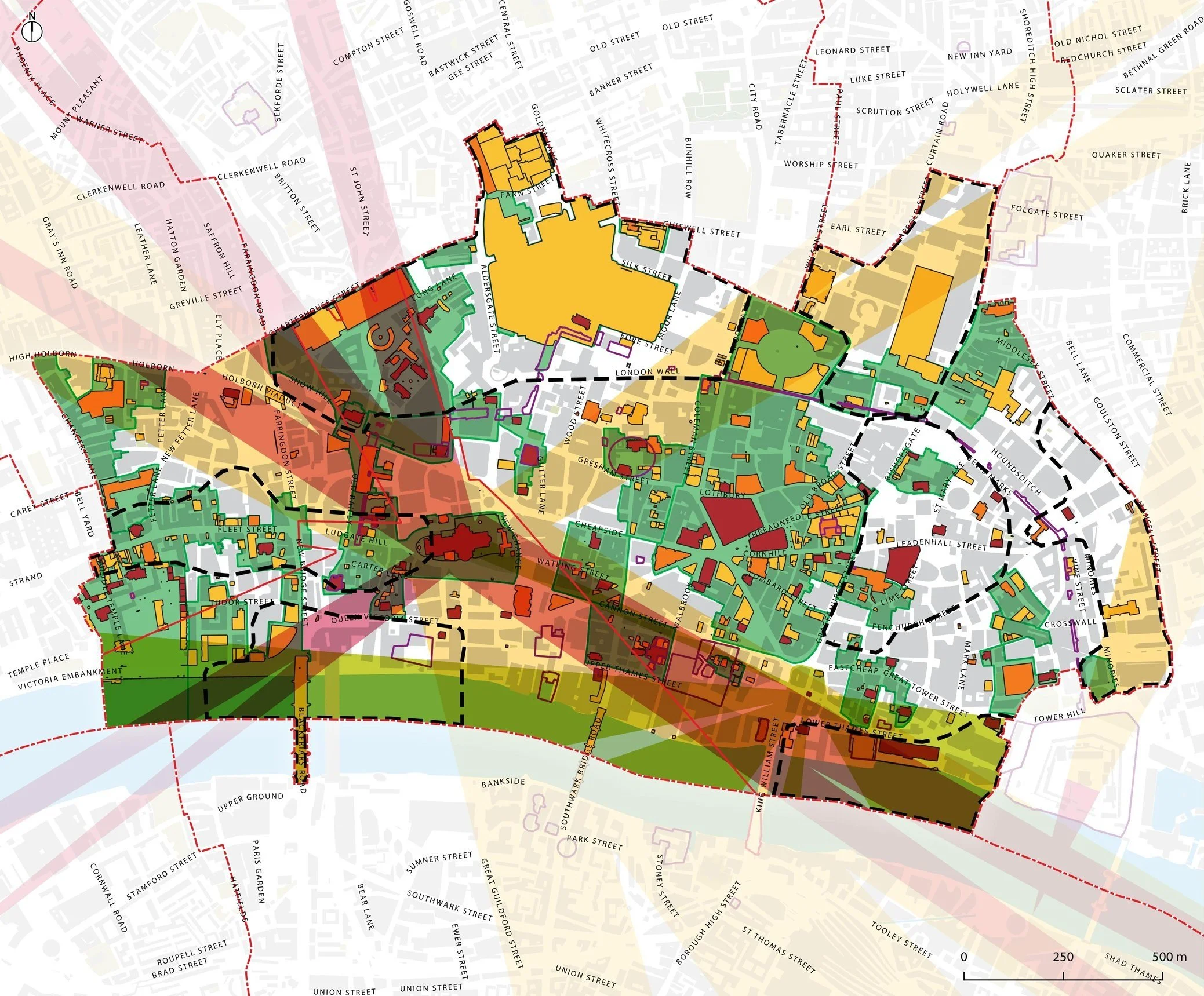City of London Statement of Significance
City of London Statement of Significance
The City of London’s 700 acres contained as many as 27 conservation areas, 616 listed buildings, 50 scheduled monuments and five registered parks and gardens. At 27%, the percentage of Grade I and II* listed buildings is broadly four times the national average.
We were appointed by Historic England to analyse and understand the international significance of the City of London’s historic environment as part of the organisation’s response to the draft new local plan, City Plan 2036, which will plot a post Brexit and Covid path for the Square Mile. Drawing on existing literature, site visits, the advice of historians and archaeologists and discussions with the City of London, St Paul’s Cathedral, Historical Royal Palaces and others, the report looks beyond individual heritage assets to identify the broader themes and underlying interactions that go to make up the distinctive character of the Square Mile. From this emerge a series of recommendations about how future growth and development might respond positively to the City’s significance.
Amongst the conclusions are the exceptional scale and significance of the medieval street plan, the importance of ‘good ordinary’ architecture of 1870 -1939 in defining the character of the City’s streets, the fragile intimacy of its historic townscape, and the survival of the ceremonial route along Fleet Street and its hinterland in contrast to the Eastern Cluster of tall buildings.
Read the report here [scroll to page 17].
Client: Historic England



